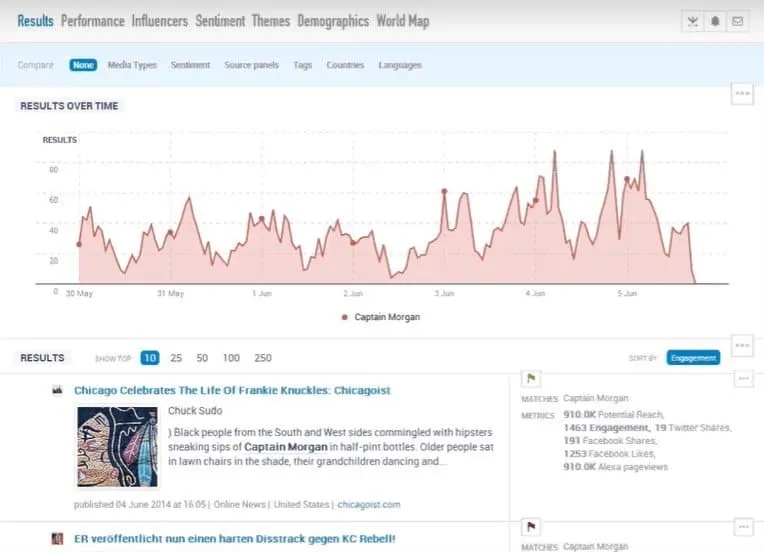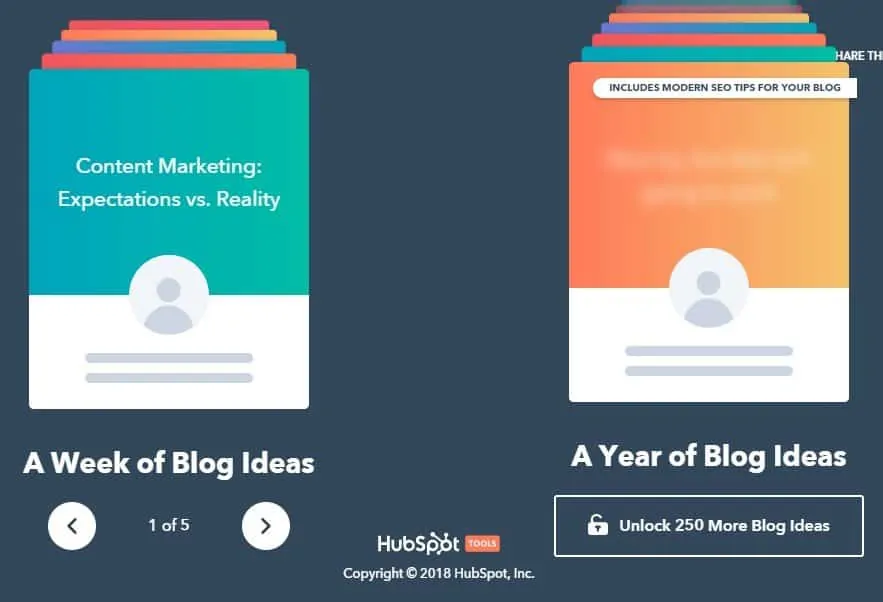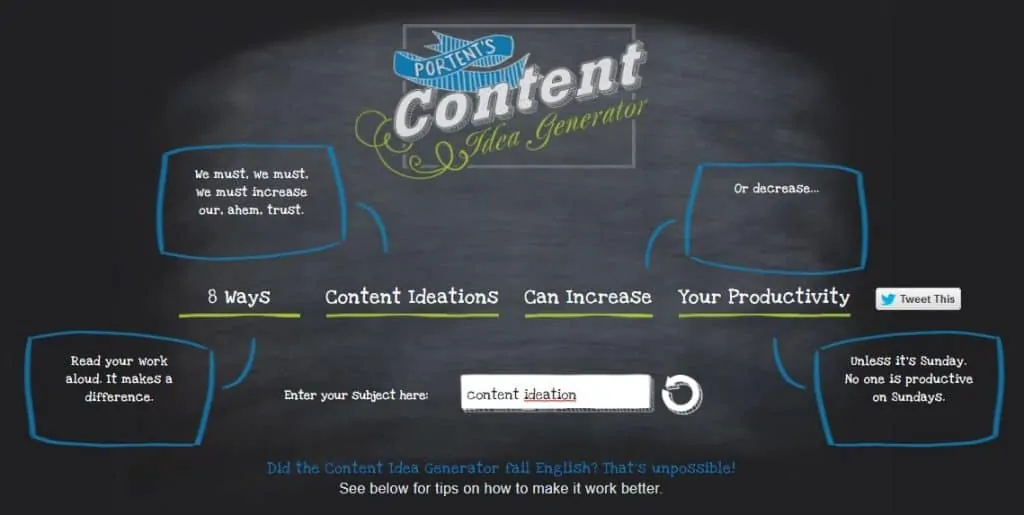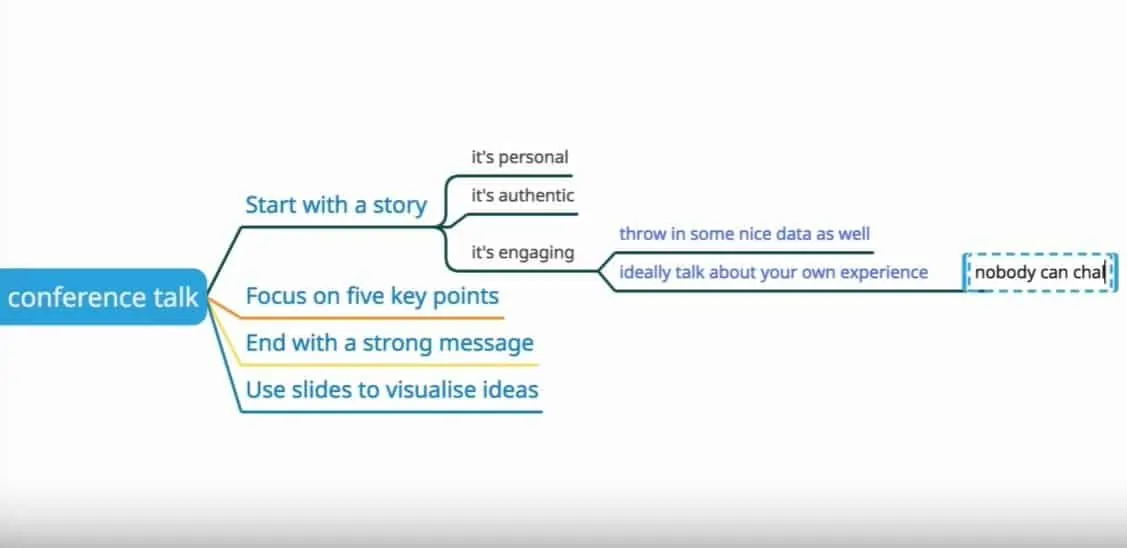Last Updated on 4 days by Christopher Jan Benitez
Consistently coming up with great content ideas is one of the trickiest parts of blogging. Compared to content ideation, actually writing the article is a breeze.
There are plenty of resources telling you how to write a great piece of content, and there are even guides on how to come up with ideas in general.
But when your back’s against the wall and you need some ideas fast, advice is few and far between. However, it’s not impossible. Read on to learn how to improve your content ideation process for faster blogging.
Content ideation is just one part of the blogging process. You need good habits to become an effective writer — click here to learn how.
Don’t listen to your inner critic and just go with the flow
One of the best ways I’ve found of quickly coming up with content ideas is through free writing.
During ideation sessions, it’s easy to let your inner critic get the better of you. You come up with a few ideas, but that voice in your head shouts you down, paralyzing you.
Of course, that critic plays an important role, and they might even be right. But it impedes your ideation, preventing you from striking idea gold.
As you type, write, or otherwise ideate, don’t stop to consider whether your idea is any good — there will be time for that later. Instead, just plough on and keep ideating. Whenever a thought arises in your head, brush it aside and keep on typing.
This process leaves you with a dump of ‘raw’ material that you can cut and amend at leisure afterward. While it might take a while to get used to, it’s a practice that will expedite your content ideation ten times over.
Tap into the zeitgeist with inspiration from current content
One of the best ways to come up with content ideas that will get traffic is by tapping into current trends. Finding what people are talking about and reading online shows you what’s popular, and helps you ideate based with surefire confidence that your audience will read it.
This is as easy as trawling relevant blogs and publications in your niche and seeing what content is on the front page. If several other publishers in your niche are writing about something, then it’s clearly a popular topic that you should jump on — just remember to make it unique (and better!).
Alternatively, you could check out your readers’ social channels and see what kind of content they’re engaging with today.

Social listening tools such as Talkwalker let you monitor your customer conversations to see what topics, brands, and issues they’re talking about in real-time. This chatter is ripe for inspiration for your next piece of content.
And as I mentioned earlier, there’s an app for everything.

Google Trends is a useful tool for spotting current trends, letting you explore the latest searches around the world. Know what your audience is talking about backed by data and create content around it — simple.
Don’t neglect the power of visuals
They say that a picture is worth a thousand words, and that’s great news for your content ideation. While it’s tempting to look to copy for inspiration, you shouldn’t neglect the power of visuals.
Instagram is a particularly strong source for visual content that can provide you with content ideas. People generally post about things that interest them, so it’s a good insight into the kind of content your audience wants to see.
Trawl hashtags relevant to your niche and check out the photos and videos people are sharing. If you see a recurring theme related to your hashtags, use it as a launchpad to create a piece of social media-friendly content that resonates.
Note
Great content, whether it’s from your blog or social media, starts with research. Among the many tools available, ContentStudio is perhaps the best mix of content marketing and social media features to help you dig deep into your content’s topic. This way, you can create insightful and useful content that people will enjoy reading.
To learn more about ContentStudio, click here to read the review.
And even the humble stock photo can provide content ideation inspiration.

Simply enter a keyword related to your niche on a free photo site such as Burst and trawl the resulting images. Think about the kind of content those photos would appear in, or how they might complement a piece.
For instance, a snap of a group of people working late in an office might provide ideas for a piece about team cohesion and motivation. This is just one example of course, but the potential for ideation is limitless.
Lean on tech to speed up ideation
In this day and age, if you’ve got a problem, there’s an app for that. And content ideation is no exception. There is a wide range of tools and apps to help you quickly and easily come up with ideas for your next piece of content.

Take Hubspot’s Blog Ideas Generator for instance. It does just as it promises — simply enter one or more nouns, and the tool will generate a few catchy headlines to inspire your next blog.

Another particularly good tool (and a personal favorite) is Portent’s Content Idea Generator. Of course, this requires you to sift through a lot of duds. But it’s still a valuable tool that can provide inspiration and a smile just when you need it.
And Twitter is a surprisingly effective ideation tool too — or specifically, one of the many writing inspiration bots that the platform plays host to.
While most of them are geared towards fiction, accounts like @thinkpiecebot provide strong inspiration for blog ideas.
Of course, not every title produced by the tools above will work. But there is certainly enough there to get those synapses firing and ideas flowing freely.
Set yourself a deadline to ramp up the pressure
Have you ever noticed that if you’ve got a week to finish a task, the task tends to take a week to finish? No matter how big or small the task is, it fills up the time available to complete it.
This is known as Parkinson’s law, and it can be both a blessing and a curse. We’re all guilty of spreading out a task over the time we have left to complete it. But knowing this law exists also gives you the tools to hack it as well.
When you sit down for a content ideation session, set yourself a deadline and strict criteria to meet. For instance, tell yourself you have to come up with 10 solid content ideas within 30 minutes.
Yes, you’re going to feel the pressure. But when your back is against the wall and you need to deliver, your brain comes through for you. You might not always hit the criteria you set for yourself, but you’ll still have plenty of great content ideas to speed up your blogging process.
If you want to really ramp up the pressure, set a countdown timer and put it somewhere visible to see. As the minutes and seconds melt away, you’ll feel the pressure more and your creative juices will turn from a trickle into a deluge. It’s stressful — but it’s worth it for the speedy content ideation that results.
Walk into the eye of the brainstorm
The humble brainstorming session is one of the most underrated tools in a blogger’s toolbox. It’s a way of visually expressing thoughts and ideas, a set of synapses that fire off one another to create a fully-formed idea that’s ready to be put to paper.
The best brainstorms start with a seed. Begin by writing a single keyword or phrase in the middle of the page. It doesn’t need to be particularly striking or memorable — this is just the beginning of your brainstorm.
Next, free-associate some ideas related to this seed. Again, these don’t need to dazzle. You are just narrowing in on each new point, getting more and more specific every time. Once you think you’ve exhausted one idea, move onto another and do the same process again.
Eventually, you should be left with some solid niche content ideas that you can use for your blog.
For instance, if you’re a pet blogger, start with “dogs”. You can then expand on this with offshoots such as “dog health” or “dog personality types”. These can be further expanded upon, for example, “how to keep your dog healthy on a budget” or “10 signs of poor dog health you need to know”. These are just examples of course — yours will be much better!
The key here is not to dither on each new idea offshoot. Don’t panic about whether or not each new idea is particularly good. Just keep on ideating, putting any free-associated idea onto the page.

Brainstorming tools like MindMup are great for this. You can simply click open a new node or sub-node and quickly get your ideas onto the page. Just don’t hesitate — there will be time to weed out the poor ideas later.
Wrapping up about content ideation
Video summary created using InVideo.
Ideation is one of the hardest parts of the content process — but it doesn’t need to be. There are plenty of things you can do to improve your ideation and get faster at blogging.
Follow the tips above and streamline your ideation process and start creating great content spurred on by stellar ideas in no time at all.


Let Me Develop the Content Ideation for You
I’m a seasoned freelance writer who knows his way around developing a content calendar for your blog optimized for your audience and search engines. Click on the button below to learn more.

